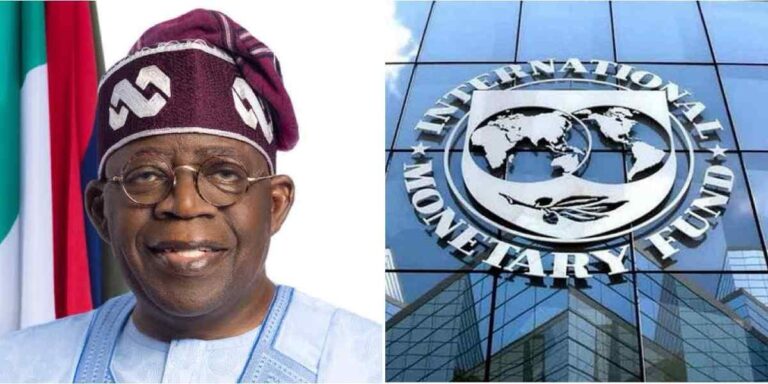Nigeria has fully repaid the $3.4 billion loan it received from the International Monetary Fund (IMF) during the height of the COVID-19 crisis, with the final principal payment concluded on April 30, 2025, according to The PUNCH.
The loan, granted on April 30, 2020, under the IMF’s Rapid Financing Instrument, was part of an emergency measure designed to support Nigeria’s economy during the global pandemic. It was intended to cushion the country against challenges such as declining oil revenues, economic recession, and mounting fiscal pressure.
Although the main debt amount has now been cleared, The PUNCH’s review of IMF data reveals that Nigeria still owes annual charges related to the loan. These include interest payments and service-related fees, which will be settled in yearly installments until 2029.
In 2025, Nigeria is scheduled to pay a total of 22.35 million Special Drawing Rights (SDR)—around $30.24 million—divided across payments due in May, August, and November. These yearly financial obligations will continue at similar levels, with SDR charges ranging between 25.91 million and 25.92 million annually from 2026 to 2029.
These charges comprise several components:
-
Net SDR Charges: Interest-related costs for borrowing from IMF reserves.
-
GRA Basic Charges: Standard interest rates for loans from the General Resources Account.
-
SDR Assessments: Annual fees for participating members of the IMF’s SDR Department.
Although the core debt has been retired, these interest payments represent an ongoing financial responsibility for Nigeria, underscoring the longer-term implications of borrowing from international institutions.
Still, the clearance of the $3.4 billion principal is seen as a notable achievement, reflecting Nigeria’s ability to meet its global financial obligations. However, the need to continue servicing associated charges highlights the complexity and cost of external borrowing, especially over extended timeframes.
As earlier reported by The PUNCH, Nigeria’s total debt payments to the IMF in 2024 reached $1.63 billion, all of which went toward repaying the principal, with no interest payments recorded that year. Overall, external debt servicing for the country in 2024 amounted to $4.66 billion, a rise from $3.5 billion in 2023.
Multilateral lenders accounted for the bulk of these payments, contributing $2.62 billion—or 56% of the total. Payments to the IMF alone made up 35% of Nigeria’s total external debt servicing in 2024 and 62% of payments made to multilateral institutions.
Furthermore, Nigeria’s outstanding debt to the IMF fell sharply from $2.47 billion in 2023 to $800.23 million in 2024—a decrease of 67.6%, largely due to the steady repayment of the 2020 emergency loan package.

